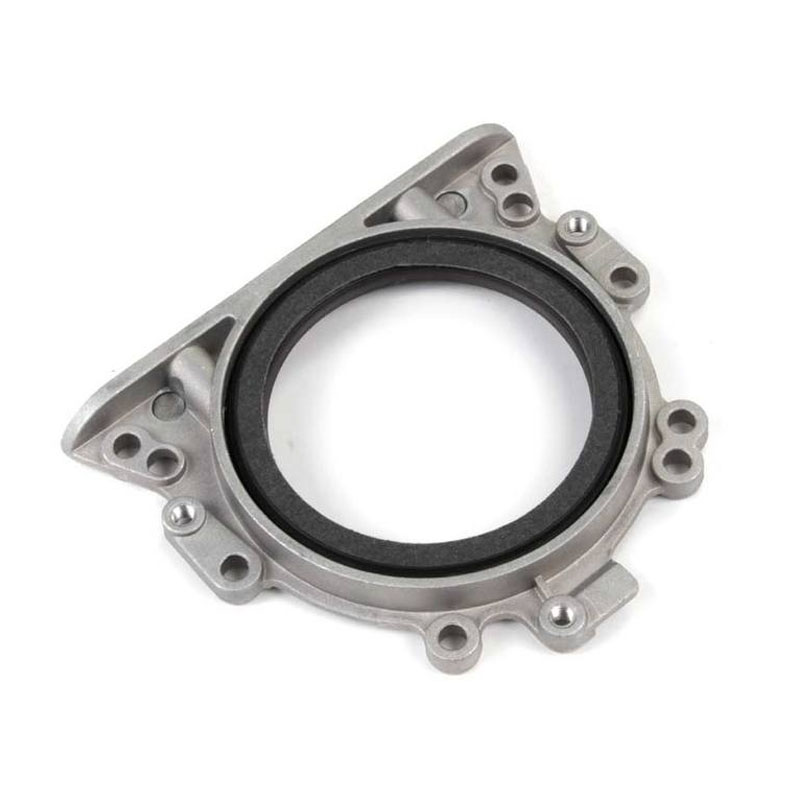Benefits of Reusing Crush Washers for Sustainable Practices in Automotive Maintenance
The Benefits of Reusing Crush Washers
In today's environmentally conscious world, the push for sustainability and reducing waste has permeated various industries, including automotive, plumbing, and mechanical engineering. One small yet significant aspect of this movement is the practice of reusing crush washers. These simple components, often overlooked, play a crucial role in ensuring leak-free seals in various applications. However, understanding how to reuse them can lead to both economic and environmental benefits.
What are Crush Washers?
Crush washers, also known as sealing washers or compression washers, are typically made from metal or soft materials like copper and aluminum. Their design allows them to compress when torqued with a fastener, creating a seal that prevents fluid leaks. Commonly found in oil pans, fuel systems, and hydraulic fittings, these washers are vital for the integrity of a system.
The Case for Reusing Crush Washers
1. Cost-Effectiveness One of the most immediate benefits of reusing crush washers is cost savings. In applications where multiple washers are needed, the cumulative cost of purchasing new washers can be significant. By reusing washers that are still capable of providing a seal, businesses and individuals can reduce their material costs substantially.
2. Environmental Impact The manufacturing process of crush washers involves resource extraction, energy consumption, and emissions. By reusing existing washers, the demand for new products decreases, leading to lower environmental impact. This small change in practice can contribute to a larger movement towards sustainability in industry.
3. Accessibility Not all areas have easy access to specialized washers. For mechanics and do-it-yourself enthusiasts, sourcing specific crush washers at short notice can be a challenge. By reusing washers, one can often save time and avoid the hassle of searching for replacements.
reusing crush washer

4. Maintaining Performance If a crush washer has been used only once in a low-stress application and shows no signs of wear or deformation, it can often be reused effectively. It's crucial, however, to inspect washers for any signs of damage or fatigue, as using a compromised washer can lead to leaks and potential system failures.
Best Practices for Reusing Crush Washers
To maximize the benefits of reused crush washers, it's essential to follow some best practices
- Inspection Before reusing a crush washer, inspect it for any visible signs of wear, cracks, or deformation. If the washer appears compromised, it’s best to replace it. - Proper Cleaning Ensure that the washer is clean and free of any debris or old gasket material. This is critical for achieving a proper seal during reuse.
- Record Keeping Keep track of which washers have been reused and in what applications. This practice can help manage inventory and ensure that only reliable components are used.
Conclusion
Reusing crush washers presents an excellent opportunity for individuals and businesses to save money while promoting environmental sustainability. By carefully inspecting, cleaning, and keeping records of washers, it becomes feasible to incorporate this practice into daily operations. As we continue to strive for a more sustainable future, embracing simple yet effective practices like reusing crush washers can make a significant difference.
-
The Ultimate Guide to Car Repair Kits: Tools and Essentials Every Driver Should Own
News Aug.01,2025
-
The Complete Guide to Oil Pan Gaskets: Sealing Engine Leaks the Right Way
News Aug.01,2025
-
Preventing Oil Leaks: A Complete Guide to Oil Pan Gaskets and Drain Seals
News Aug.01,2025
-
Everything You Need to Know About Oil Pan Gaskets and Drain Plug Seals
News Aug.01,2025
-
Essential for Car Owners: How to Use a Car Repair Kit to Deal with Minor Breakdown
News Aug.01,2025
-
Comprehensive Guide to Engine Oil Sump Gaskets and Related Seals
News Aug.01,2025
-
The Ultimate Guide to Boat Propeller Bearings and Trailer Wheel Bearings
News Jul.31,2025
Products categories















